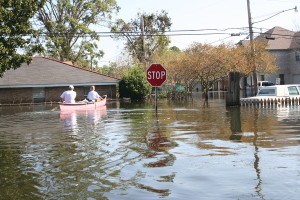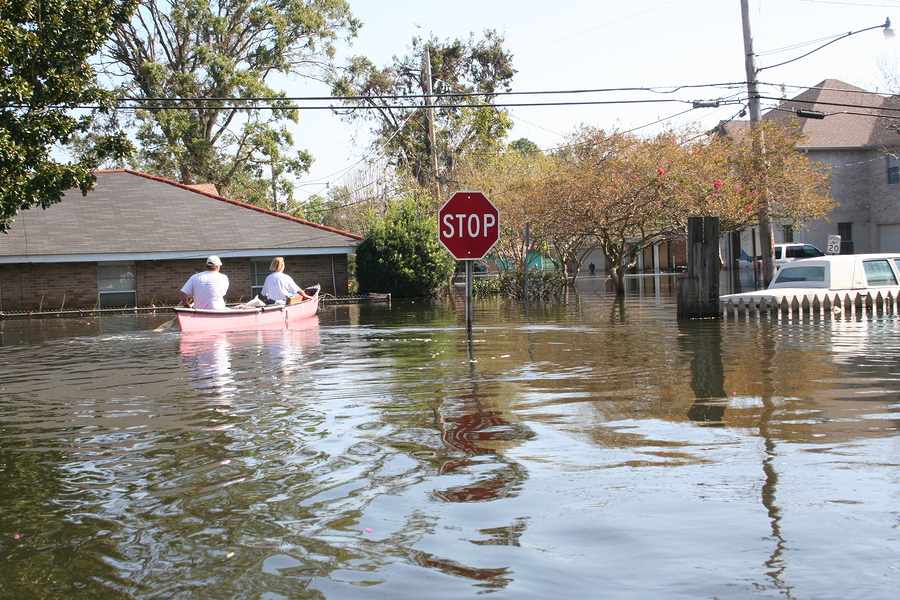An organization of civil engineers is calling for a national strategy for mitigating flood risks, saying the U.S. has not fully heeded lessons from Hurricane Katrina and Superstorm Sandy.
The American Society of Civil Engineers was scheduled to release its recommendations Monday in Philadelphia.
The report was provided to The Associated Press before its release.
The group is calling for Congress and the Obama Administration to develop a sustainable way to pay for infrastructure maintenance and updates to help manage floods. It also wants more use of nature, rather than engineered solutions such as levees, to help contain risks. And, it is calling for the federal government and other organizations to work together to educate the public about flooding and what can be done about it.
The group says there have been a string of examples of the damage that flooding can do, including hurricanes Katrina and Rita in 2005, Ike in 2008, flooding in the Midwest in 2011 and Superstorm Sandy in 2012.
“The loss of more than 2,000 lives, the social disruption of hundreds of thousands of people, and the economic damages that have reached hundreds of billions of dollars could have been dramatically reduced through the implementation of effective flood risk management policies,” the report says. “Unfortunately, this nation’s existing policies and funding choices will guarantee the continuation of these dramatic losses.”
In the report, the engineers say the nation lacks a common vision for dealing with a growing flood risk.
Part of the problem, they say, is political. A national flood plain program called for by Congress has not been revised for 20 years, they say, and its recommendations have never been acted on. In 2007, Congress called for a study of flood vulnerability, but never funded it.
As a result, the group said, structures like levees are not in great shape in many places.
And to make matters worse, the dangers of floods are deepening due to climate change and population growth.
The engineers say that one important lesson from Katrina, which created havoc on the Gulf Coast in 2005, is starting to settle in: the realization that absolute protection from flooding is not possible. The group says some communities are more cautious about allowing development in flood-prone areas. Since Superstorm Sandy struck the East Coast, particularly New York and New Jersey in 2012, the idea of flood resilience rather than prevention has gained currency, the report finds.
The engineers have also changed their thinking over the years.
In its 2007 report, the group recommended to “put someone in charge” of flood mitigation decisions.
Now, it says, it recognizes a shared responsibility among local, state and federal governments.
Was this article valuable?
Here are more articles you may enjoy.


 DraftKings Sued Over ‘Risk-Free’ Bets That Were Anything But
DraftKings Sued Over ‘Risk-Free’ Bets That Were Anything But  SC High Court Strikes ‘Troubling’ Denial of Comp Claim, Says Can’t Be Based on Stats
SC High Court Strikes ‘Troubling’ Denial of Comp Claim, Says Can’t Be Based on Stats  EVs Head for Junkyard as Mechanic Shortage Inflates Repair Costs
EVs Head for Junkyard as Mechanic Shortage Inflates Repair Costs  Jury Awards $80M to 3 Former Zurich NA Employees for Wrongful Termination
Jury Awards $80M to 3 Former Zurich NA Employees for Wrongful Termination 